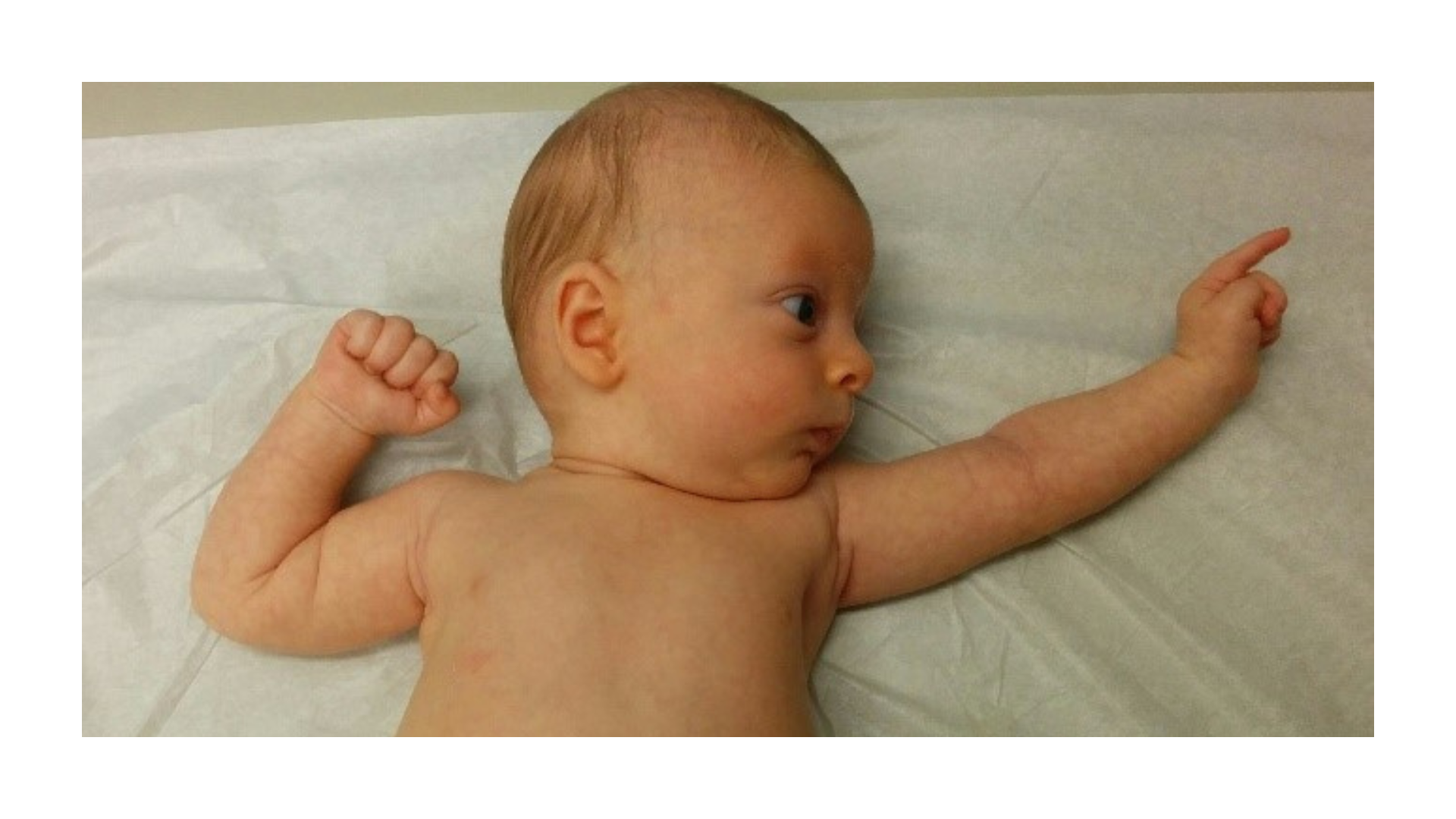How to Pay Attention in Class: Exploring ATNR
Do you hear these from your kids' teachers?
“Your child is not paying attention in class.”
“Your child has trouble focusing during lesson time.”
If you’ve answered yes - it is likely the Asymmetric Tonic Neck Reflex (ATNR) is a factor to consider.
What is the Asymmetric Tonic Neck Reflex (ATNR)?
The ATNR is a primary reflex that develops in utero. In a baby under 3-4 months, where the reflex is still active, the head turns to the side where the arms and legs are extended. The side of the brain in charge of this is actively involved and is known as the active side. The other side of the brain which is passive or “pausing” while the arm is in flexion. You might see this referred to as the “fencing” reflex because the baby looks like it is about to start fencing.
This reflex leads to the “kicking” sensation the mother feels when the baby is in utero, and it plays an important role in the baby’s movements travelling down the birth canal during birth. The ATNR should be integrated and matured into complex patterns by the time the baby is six months old. When this happens, the movement has changed from involuntary to voluntary movement with the baby having conscious control over this reflex. This means that when the baby turns their head to the side, their arms will not automatically move into the “fencing” pattern.
Why is the ATNR important?
ATNR is an important reflex in the development of hand-eye coordination, and developing skills on both the right and left sides of the brain. It provides the foundation for academic skills in children and if unintegrated, it can interfere negatively with the development of these skills. In addition, it helps in the mobility of the spine, and supports the differentiation of head and limb movements. ATNR is key to the foundation for auditory processing and language. Together with the Symmetrical Tonic Neck Reflex (STNR), these two reflexes form a partnership that are critical for learning, attention, and focus.
What happens when the ATNR is unintegrated?
When ATNR is unintegrated, attention and focus are compromised. In the classroom, for example, the affected child may only be able to focus well or listen actively when they are directly looking at the teacher (much like the baby in the photo). If they are not looking directly at the teacher or if the teacher is standing on their passive side, then the child might make errors or their learning is compromised leading to potential misunderstanding. The child is seen as not paying attention or having trouble focusing, not because they have a behavioural issue or that they lack the will to do so, but because they have no efficient control of their ability as a result of this unintegrated reflex.
Other presentations of this challenge can be seen during handwriting - for example, the child’s arm is held rigidly or the child is writing at an angle or placing too much pressure on the paper. These are all compensations as there is an inner struggle to control the body in a particular position. The ATNR “fencing” position that we see in babies may not be as apparent in older children.
Some other issues that may arise as a result of this unintegrated reflex are:
Challenges crossing the midline: difficulty or slower processing instructions or information
Challenges with reading and writing; requires effort to hold and use writing instruments
Poor hand dominance establishment
Difficulty eye-tracking; imbalance between near and far vision
Left / right confusion
The link between unintegrated ATNR and ADHD and SPD
Children diagnosed with ADD / ADHD or Sensory Processing Disorder (SPD) have unintegrated reflexes. It is important to note that children with unintegrated reflexes appear to have similar symptoms with kids who have ADHD.
An evaluation with a professional may help discover if a child’s reflexes are properly integrated.
At Neural Connections, we focus on offering treatment and protocols to help integrate the reflexes - schedule a Discovery Call with us today to see if we can help.
References
Masgutova, Svetlana & Masgutova, Denis. Parents’ Guide to Masgutova Neurosensorimotor Reflex Integration (MNRI). https://masgutovamethod.com/estore/all/parents-guide-to-mnri
https://solarispediatrictherapy.com/atnr-stnr-the-learning-reflexes/
https://sensorysid.com/atnr-and-sensory-processing/


